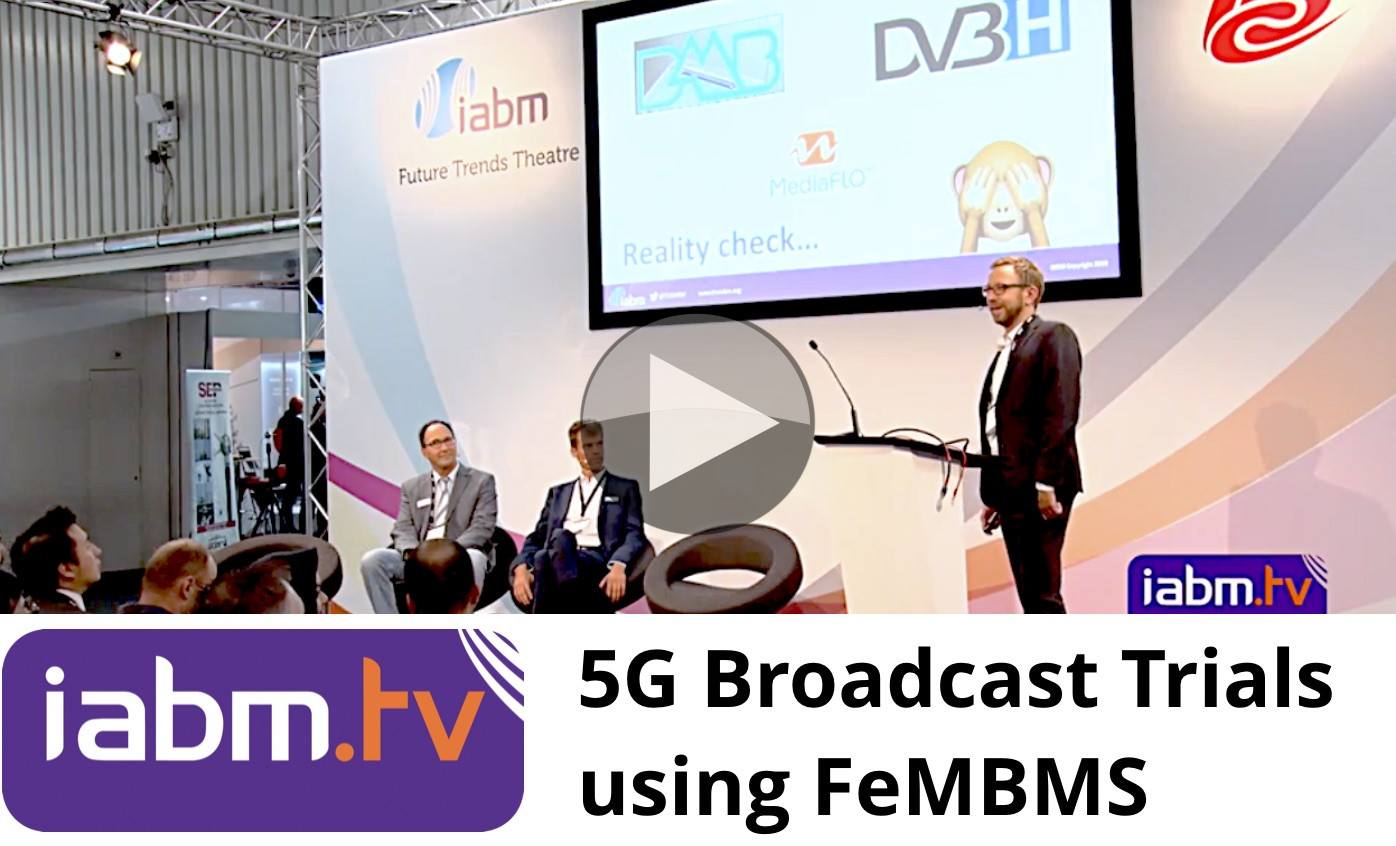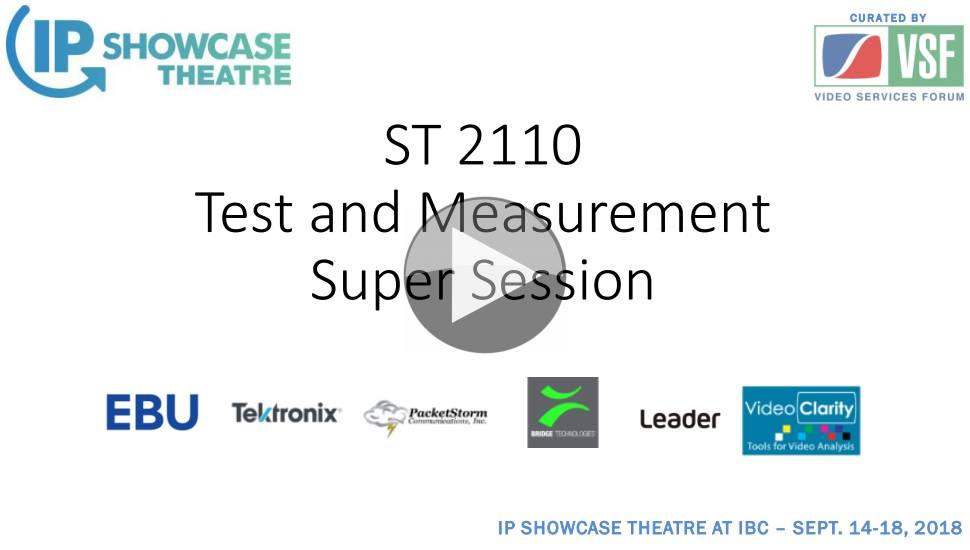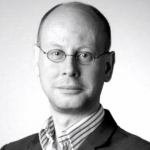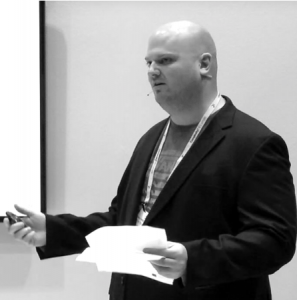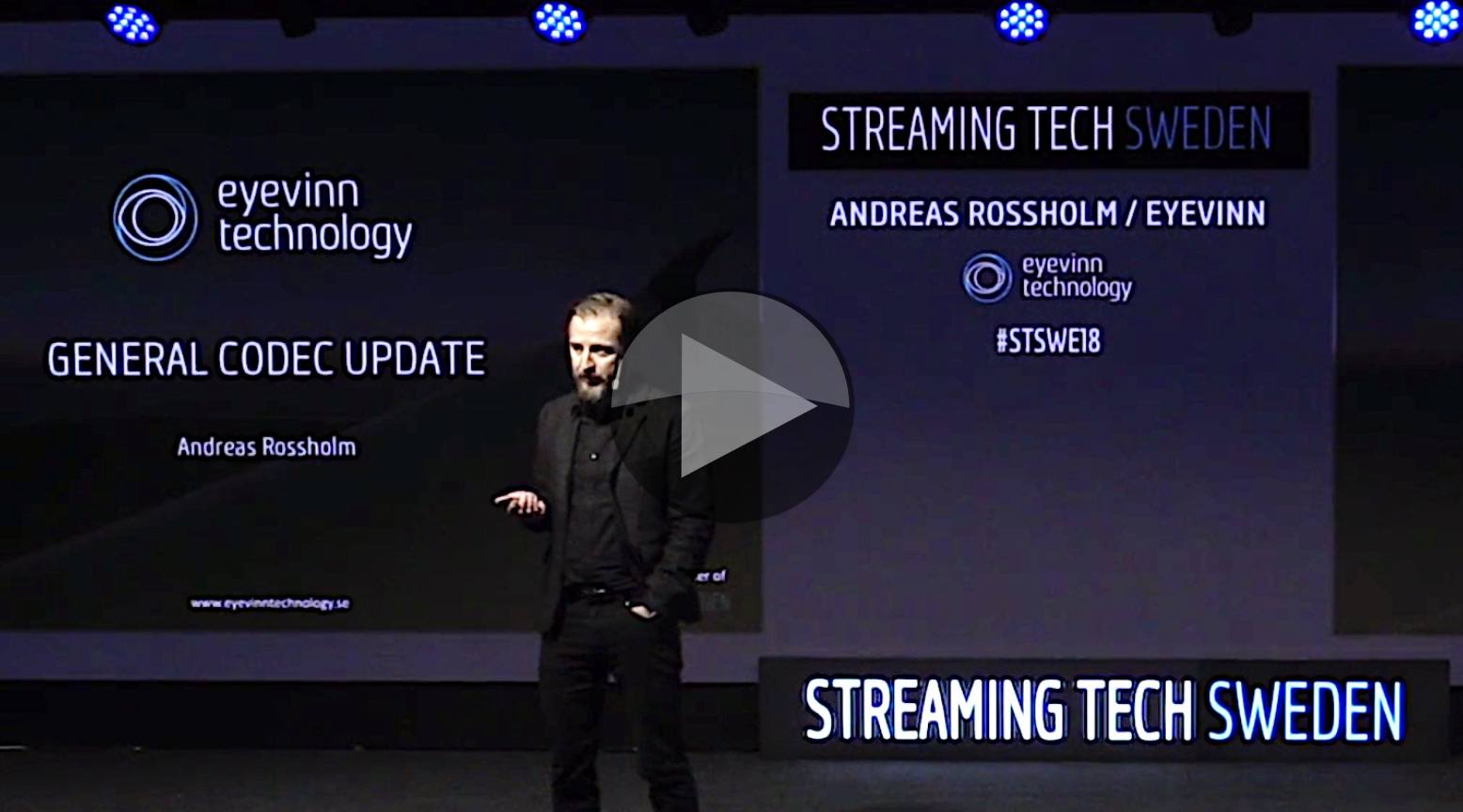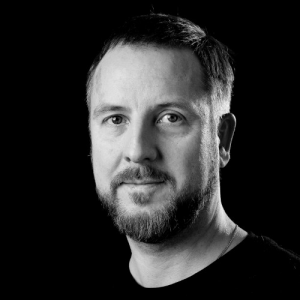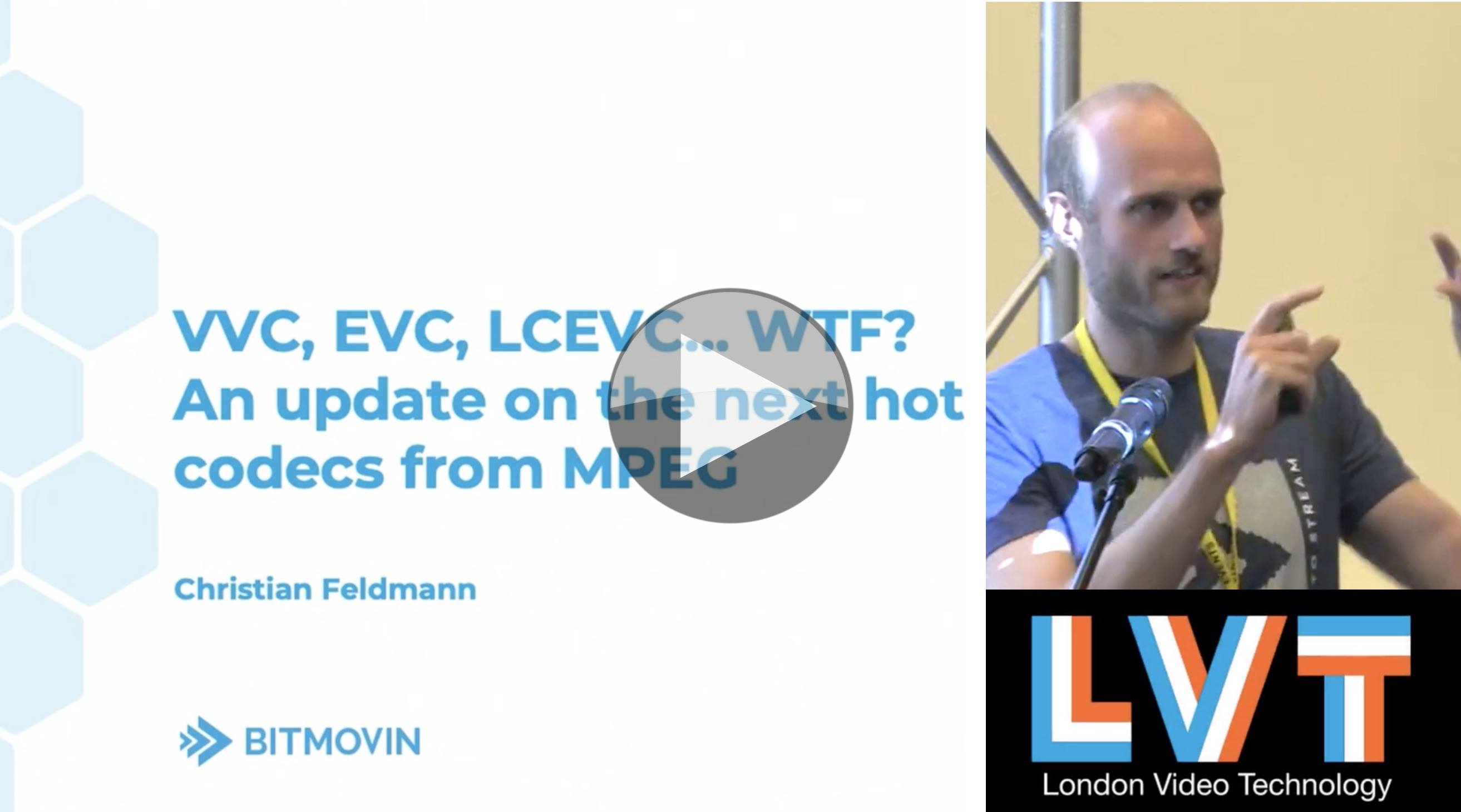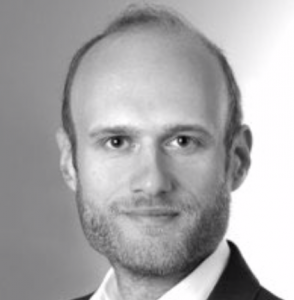5G was certainly a topic of discussion whilst people are hunting for use cases and trying to understand how it will actually work. 5G case studies have started to emerge, not least the Roland Garros example plus more in this 5G special from Digital TV Europe
In this talk we hear about the 5G TODAY project’s unique field trial for 5G Broadcasting. The project partners Bavarian Broadcasting Corporation (Bayerischer Rundfunk, BR), the Broadcast Technology Institute IRT, Kathrein, Rohde & Schwarz as well as Telefonica Germany who are are jointly testing broadcasting options for future 5G technology. The new large-area 5G field trial in the Bavarian alpine region is covered by two high-performance transmitters located in Ismaning and on the top of the Wendelstein mountain. Both operate with 100 kilowatts effective output power (technically: ERP). With the help of the high transmission towers and the high power of the transmitters (High-Power-High-Tower-Concept, HPHT), the large-area broadcasting of TV programs can be tested based on the new broadcast mode FeMBMS (Further evolved Multimedia Broadcast Multicast Service). The FeMBMS broadcast mode allows far-reaching and inexpensive distribution of popular content across large coverage areas with a radius of up to 60 kilometres.
Watch now to see how FeMBMS is being used and the results achieved.
Speakers
 |
Thomas Janner Director of Product Management Transmitter Systems Rohde & Schwarz |
 |
Thomas Schierbaum PR Manager, IRT |
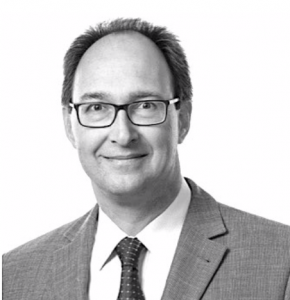 |
Christian Sautter Senior Director R&D Product Management, Kathrein |

